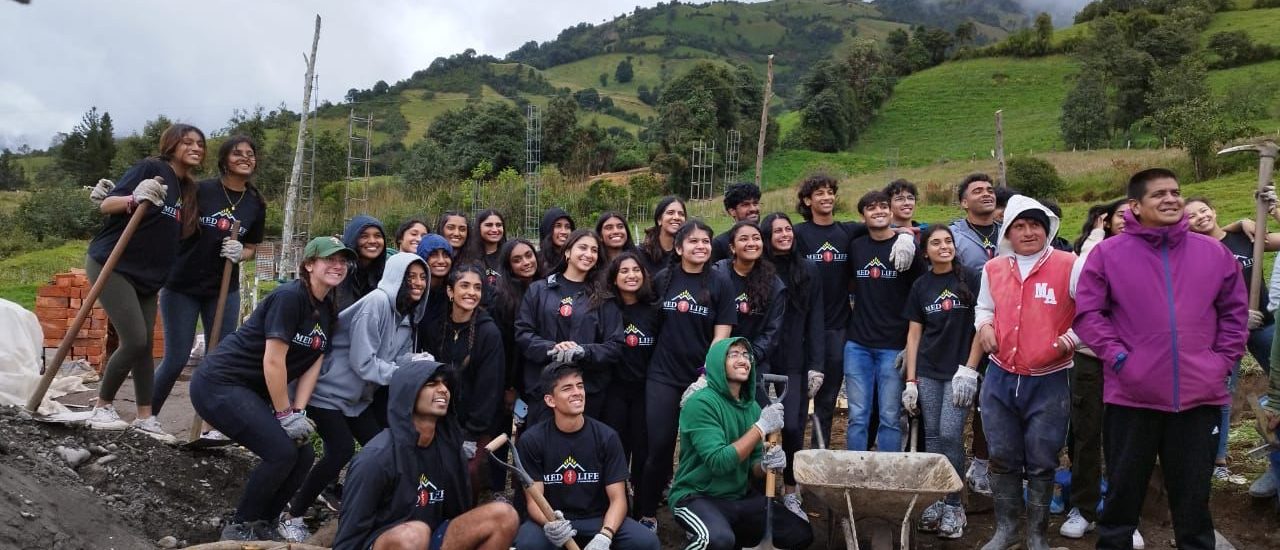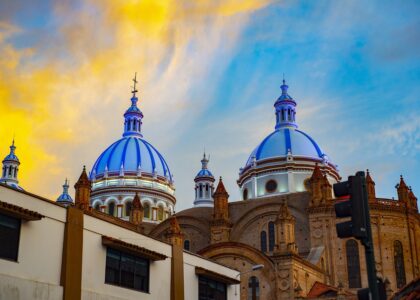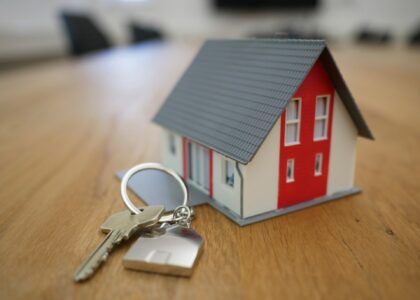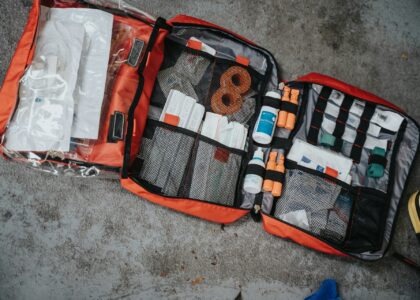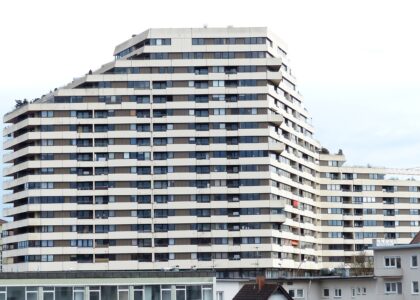Natural disasters strike without warning, leaving a path of destruction in their wake. With its vast landscapes and unique climates, South America is particularly vulnerable to these catastrophes. Engineers in South America have become pivotal players in this dynamic. The continent has faced its fair share of challenges, from earthquakes to floods. Given these risks, there’s a pressing need for buildings and infrastructure that can withstand these disasters – we call them ‘resilient structures.’ A key guideline helping nations prioritize this resilience is the Sendai Framework. Engineers in South America play a crucial role in understanding and implementing this framework. This offers a roadmap for countries to reduce disaster risks and bolster their ability to bounce back post-disaster. We must understand and embrace its significance as we work towards a safer future where we can overcome these disasters and avoid their destruction before they begin.
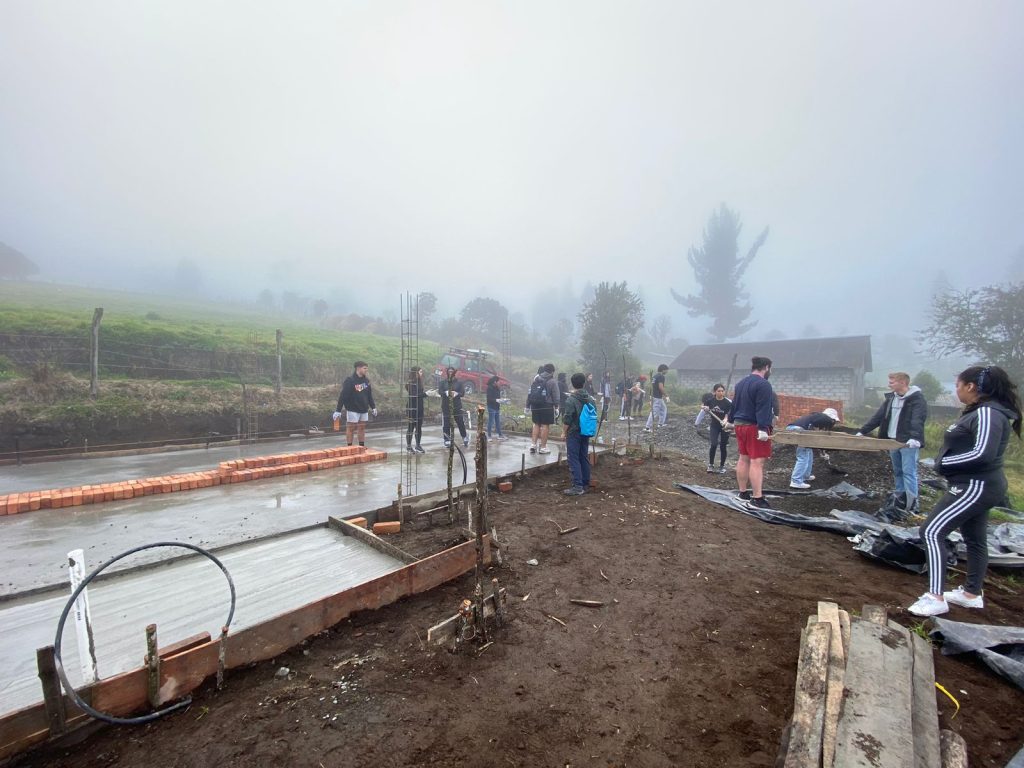
Challenges and the Role of Engineers in South America
Like many nations across the globe, South America is feeling the effects of climate change. Unfortunately, it’s not a gradual change—it’s happening right now. The vast Amazon rainforest, often referred to as the planet’s lungs, is facing increased wildfires, some natural and others a result of human activities. Along the coastline, rising sea levels threaten cities and ecosystems, while in other areas, intense and unpredictable rainfall leads to devastating floods, affecting both urban and rural communities. Engineers in South America are constantly innovating to address these multifaceted challenges.
But it’s not just about the rain or the fires. In recent years, the region has experienced heatwaves, droughts, and even landslides. For instance, the flooding in Argentina and Uruguay in 2016, which displaced over 150,000 people, or the drought that hit Chile in 2019, critically affecting its agricultural industry and limiting food supplies. These events disrupt daily life and pose significant challenges to economic stability and future development in the region. Many of these disasters, like strong winds, landslides, and earthquakes, shake the very foundations of the buildings we call home. With a lack of proper building supplies in many regions, these homes are quickly destroyed when disasters hit. This is where the modern-day hero steps in. Introducing: the engineers in South America.
How Engineers in South America are Paving the Way for a Stronger Tomorrow
Today’s world doesn’t operate in a bubble. We need strong collaboration for real change, especially in creating structures that can withstand disasters. This means architects, urban planners, environmentalists, and engineers working closely together to find viable solutions. They bring together their unique expertise, find common ground, and create plans that address the various challenges that these regions are facing. Think of it like a jigsaw puzzle: when all the different pieces come together, we see the whole picture—a resilient structure that stands strong against natural disasters.
But collaboration isn’t just about working together; it’s also about ensuring everyone’s voices are being heard. Governments and investors play a crucial role in this. When they plan a new project, they should get advice from a range of technical experts. Engineers in South America are vital in this group. They offer insights into designing structures that not only look good but also stand the test of time no matter what nature throws their way. By ensuring diverse expertise in planning, we can avoid common pitfalls and create solutions tailored to specific challenges faced by regions or communities.
The last but perhaps most important piece of the engineering puzzle is the area’s locals themselves. The people living in an area know its quirks better than anyone else. This is where local practitioners come in. By empowering them and giving them the tools, training, and resources needed, we ensure projects aren’t just dropped into a community without guidance but have the chance to grow and succeed. The local inhabitants are there every step of the way to handle project implementation, take care of operations and routine maintenance, and ensure these projects get finished on time and with the best possible results.
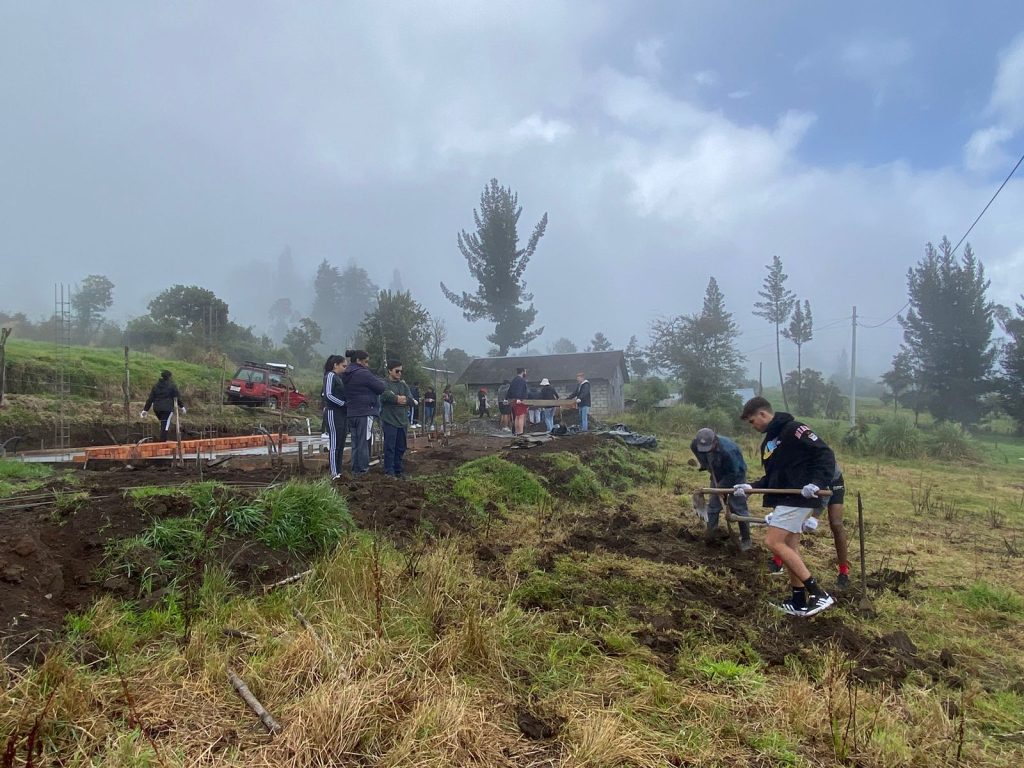
Engineering a Resilient Future: The Power of Education and Policy Impact
Engineers aren’t just about designing and building; they also play a crucial role in educating others. Here’s why that matters:
Firstly, policymakers. They make decisions that impact entire cities or even countries. Engineers in South America have the technical know-how, and by sharing their knowledge with these decision-makers, they ensure policies are grounded in science. This means that when laws or regulations are created, they align with the best practices for disaster risk reduction (DRR).
Then there are the practitioners: the on-ground workers who bring these policies to life. Engineers guide them, offering training sessions and workshops. This ensures that when a bridge is built or a building is erected, it’s done right, keeping in mind the principles of resilience.
Lastly, there’s the public. Engineers have a role in making sure everyone understands the importance of DRR. When communities are informed, it allows them to make better choices that support policies and initiatives and prioritize safety and resilience.
But this education shouldn’t just be a one-time thing; it needs to be ongoing. Integrating DRR and resilience concepts into school curriculums and professional training is essential. This continuous learning ensures that everyone is equipped with the knowledge to build a safer, more resilient future.
The Role of Technology
Technology has become a game-changer for resilience efforts. Using advanced data collection tools, engineers in South America can now collect real-time information about potential risk areas. This data helps them decide where to focus resources and how to best prepare for disasters. Plus, with the help of advanced simulations, we can now predict the outcomes of certain disaster scenarios, which is a huge help for communities to be better prepared.
While technology is essential, applying it consistently is just as important. That’s where standardization comes in. Creating standardized resilience frameworks allows communities and experts to collaborate more effectively. Everyone uses the same guidelines and speaks the same ‘language,’ making the process clearer and more efficient. Combining modern, cutting-edge technology with standardized methods ensures that disaster resilience efforts are both powerful and clear.
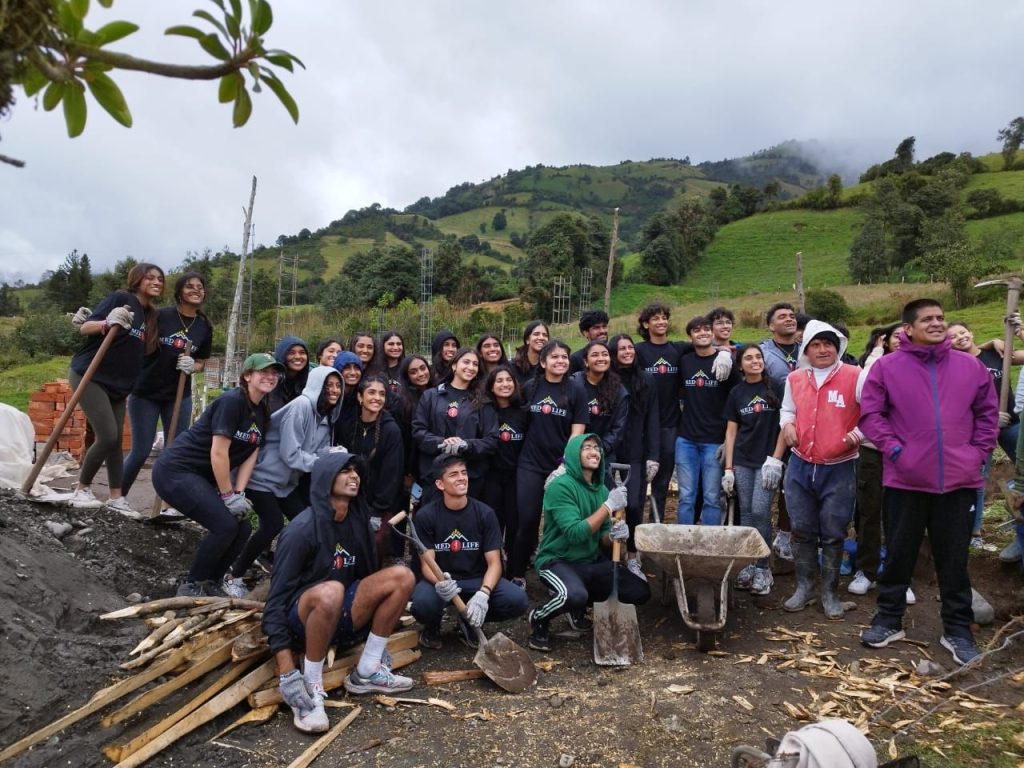
Safe Home's Mission
South America faces unique challenges due to its diverse landscapes and socio-economic factors. These challenges make it critical to focus on building resilience. Safe Homes Movement is making strides in this area. Beyond healthcare, Safe Homes is working to create stronger communities in South America equipped to handle these challenges.
When you join a Safe Homes Service Learning Trip, you’ll see these efforts up close. You won’t just be observing; you’ll be learning and understanding the importance of resilience in real-world settings. You will be able to help build homes, improve sanitation, and create better communities. Now is the time to get involved, learn firsthand, and be a part of the change.
Check out our upcoming trips today! Or download our brochure to learn more!


